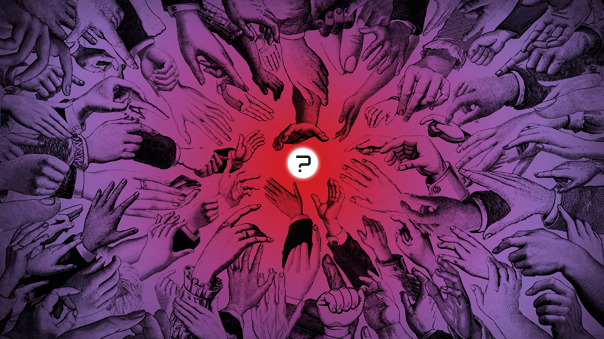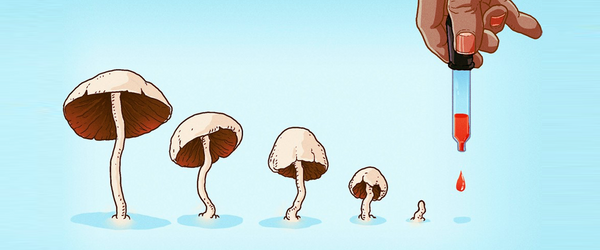Jordan Lejuwaan • • 3 min read
How We Can (Actually) Change The World – Pt. 2/3

Now that we’ve identified the problem, we can move on to the solution. But even before speaking of a specific solution, we must discuss the paradigm of change. How does change come about? What is the most effective way to instigate change? What methods are most applicable against a problem as (seemingly) insurmountable as the global lack of community?
Let’s begin with one of the basic principles of the world’s religions, philosophies, and the self-improvement plight: acceptance. I have even touted acceptance as the secret to life. If you can learn to accept what is in any and all circumstances, your life flows. You probably know someone who keeps smiling in any circumstance, never complains, and appears to have everything fall into their lap. They are living proof of the power of acceptance.
The flip-side of acceptance is resistance. As the saying goes, what you resist persists. As a general rule, whatever you place your attention on seems to grow and flourish. Even negative things. You can see this rule in action with a friend who has terrible road rage: they run into more poor drivers than anyone. Or the hypochondriac constantly worried if they’re becoming sick, and actually becomes sick far more often than normal. Call it law of attraction or whatever you want — this is truth.
Now let’s bring our attention back (wink) to ways of inciting change…
I was once asked why I don’t participate in anti-war demonstrations. I said that I will never do that, but as soon as you have a pro-peace rally, I’ll be there.
Mother Teresa
Certainly the most time-tested means of shifting the status quo is through protest, eg. the Occupy Movement. These demonstrations serve an important role in showing how many people support a particular cause (ahem..community). However these movements are also massive forces of resistance. Apparently Mother Teresa would never have never been seen being pepper-sprayed by NYPD because she knew that real power lies in being FOR positive change, instead of being AGAINST
(insert oppressive force here).
Even movements successful in their goals like many Arab Spring uprisings and Spain’s protests in 2011 have failed to creating
completeand
sustainedchange. Removing one corrupt leader is like killing a single snake from the head of Medusa. It is difficult, if not impossible to fix a broken system by working within that system.
I’m not saying that positive change cannot be obtained through resistance. Indeed most of the great changes across history have been made through a group of people making a stand against tyranny. But I do not think it is the most effective method by any means. Once again, what you resist persists!
While I don’t think our solution lies in political protest or winning upcoming elections, I have just as little faith in peace rallies. Our problems will not be solved by giving flowers to riot police. So what can we be FOR that will be able to bring about the kind of awesome change we require?
You never change things by fighting the existing reality. To change something, build a new model that makes the existing model obsolete.
Richard Buckminster Fuller
Isn’t that an exciting idea? Circumvent that which you seek to change by creating something so AWESOME that it destroys the old system by means of its very existence. I see this as a highly practical extension of Gandhi’s famous mandate to ‘be the change you wish to see in the world’, which is actually a derivative of his original quote…
If we could change ourselves, the tendencies in the world would also change. As a man changes his own nature, so does the attitude of the world change towards him. … We need not wait to see what others do.
Instead of fighting against poverty, government corruption, war, or ‘The Age of Separation’, we need strive to become (on an individual scale) and build (on a grand scale) the changes we wish to see come to fruition.
So in particular do you we need to be? To build? Read Part 3 to find out…










